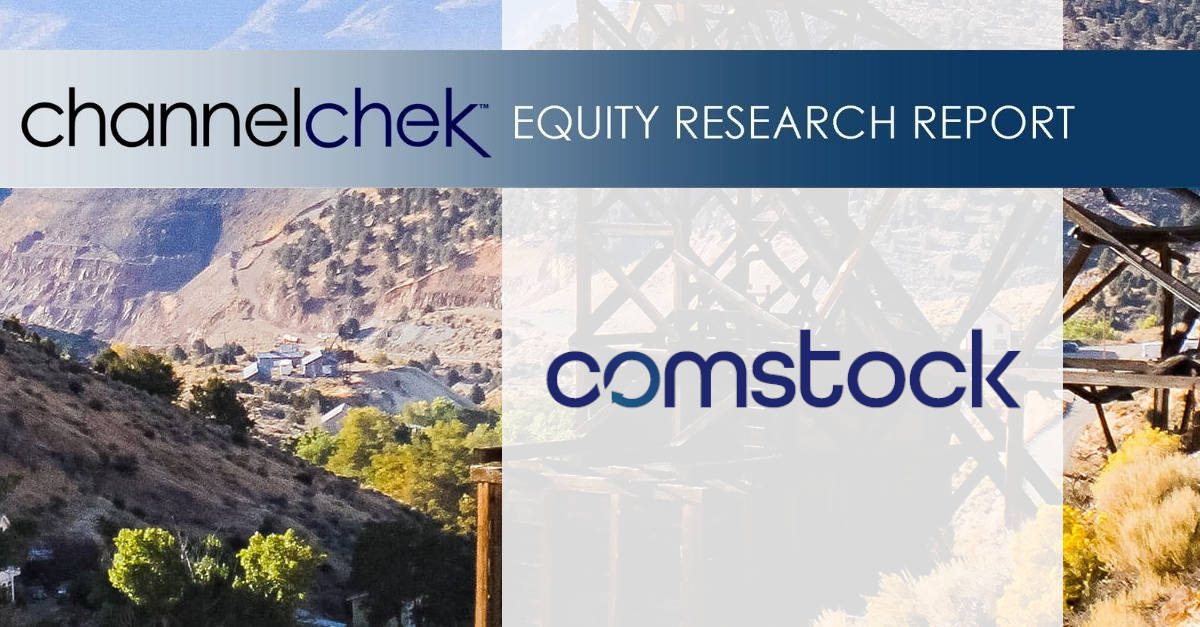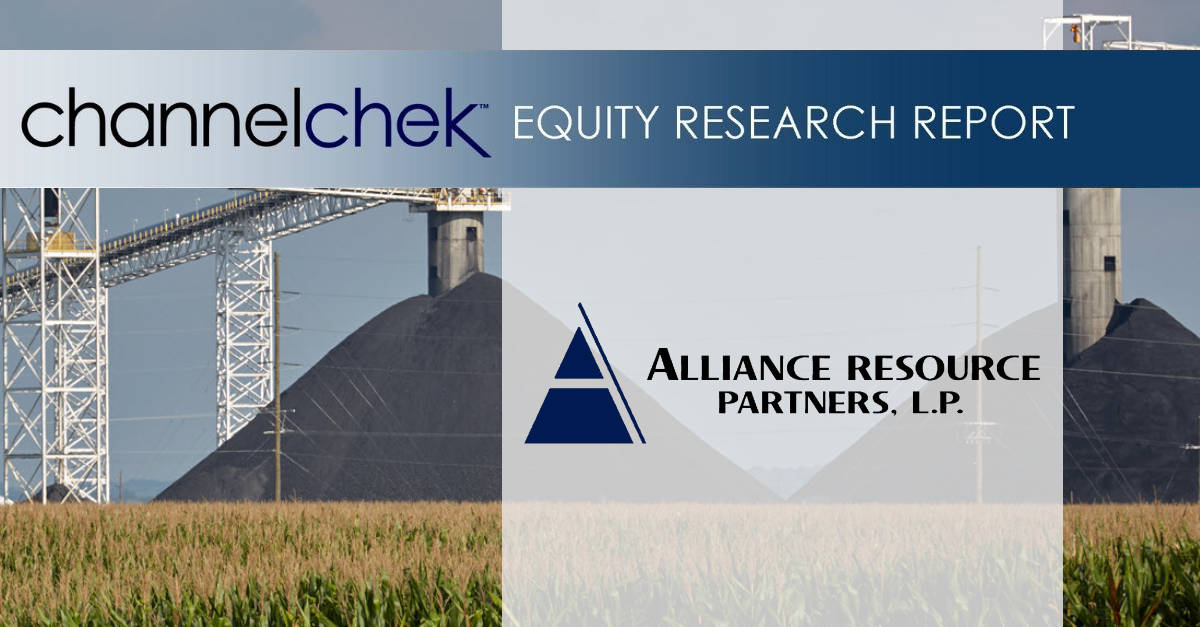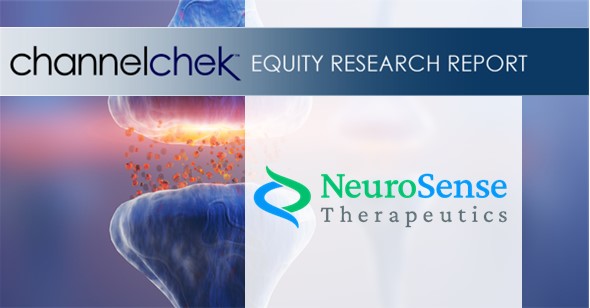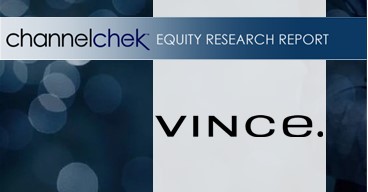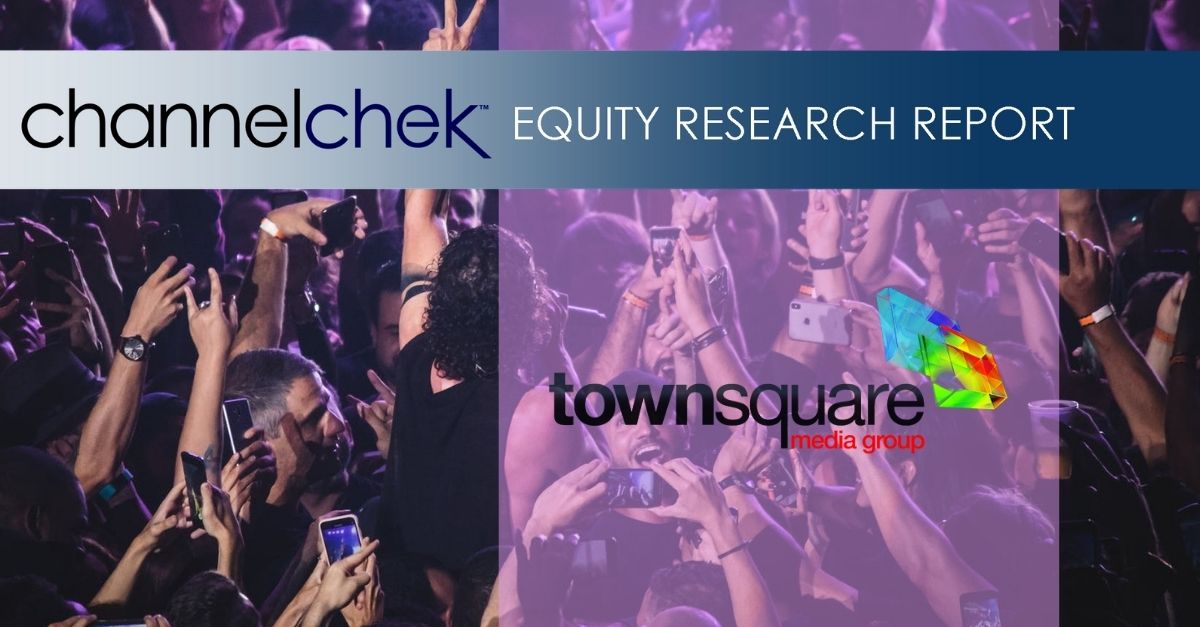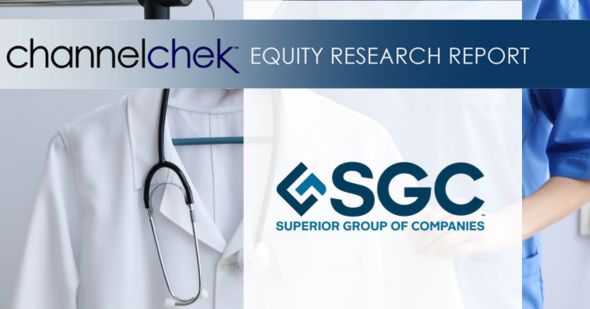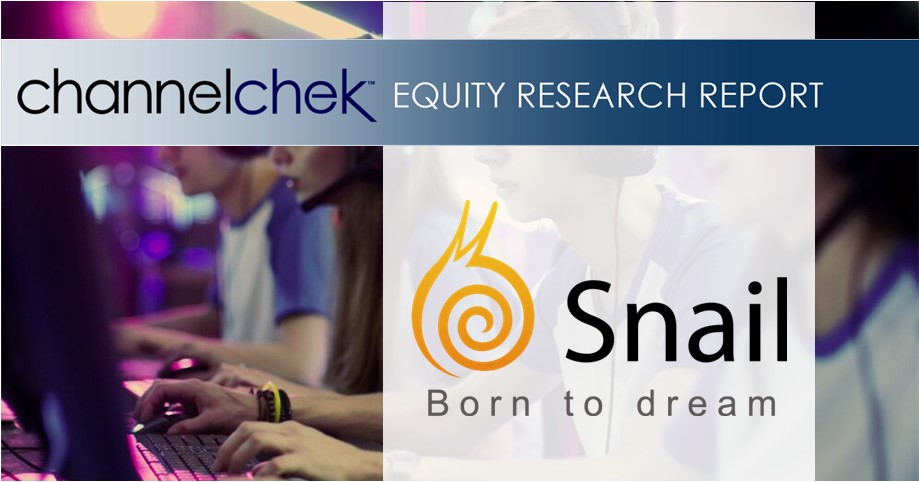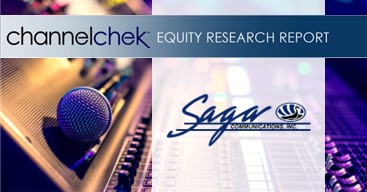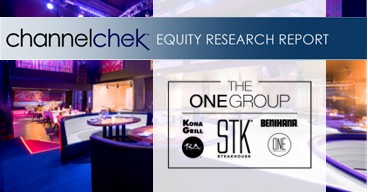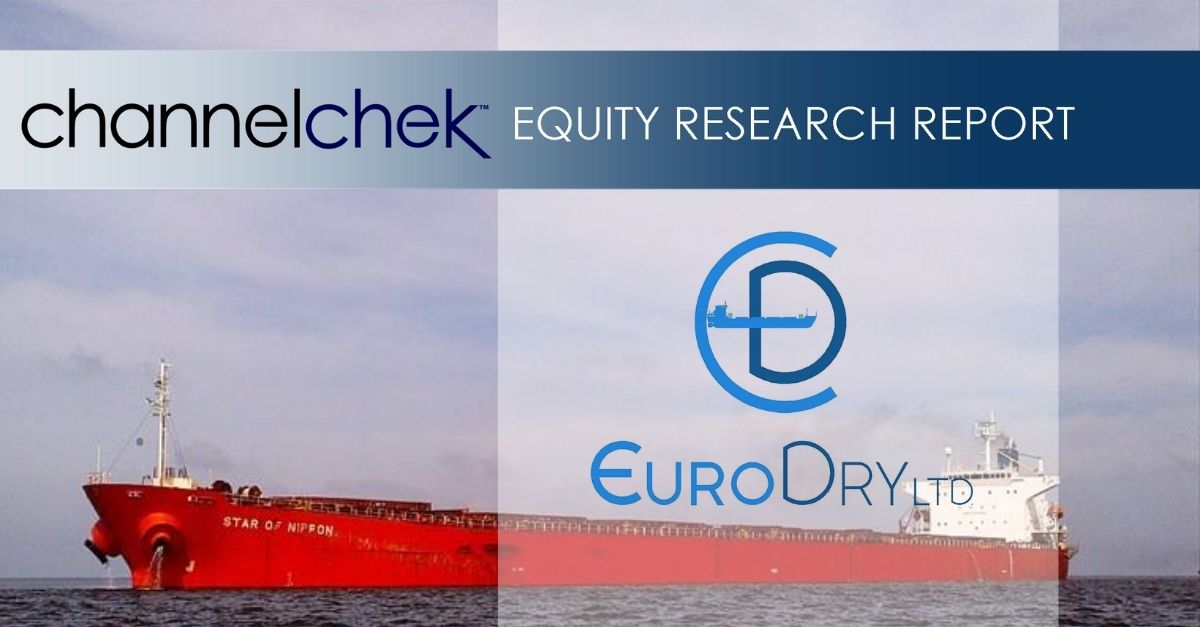
Thursday, October 16, 2025
Mark Reichman, Managing Director, Equity Research Analyst, Natural Resources, Noble Capital Markets, Inc.
Refer to the full report for the price target, fundamental analysis, and rating.
Treasure Mountain exploration. Nicola Mining Inc. (OTCQB: HUSIF, TSXV: NIM) provided an update on its plan for 2026 exploration drilling at the Treasure Mountain Silver Project. The area of exploration interest is northwest of the currently suspended mine and consists of several northeast to southwest trending and steeply dipping sulphide-rich veins. Results from previous exploration work confirmed the presence of vein-hosted silver, copper, lead, zinc, and gold, providing support for initial diamond drilling to establish the width of the trend and mineralization at depth.
Recent gold sales. Talisker Resources (OTCQB: TSKFF, TSX: TSK) has an agreement to process run-of-mine material from its Mustang Mine at Nicola’s Merritt Mill. For the quarter ending on September 30, a total of 1,569 ounces of gold were produced from Talisker’s Mustang Mine. Nicola receives a share of the gross profit from milling ore sourced from Talisker Resources Ltd. Blue Lagoon Resources Inc. (OTCQB: BLAGF, CSE: BLLG) recently announced an amended mining and milling partnership agreement with Nicola Mining, extending the partnership to a 10-year term. The agreement secures a long-term processing solution for mineralized material from Blue Lagoon’s high-grade Dome Mountain Gold Project.
Get the Full Report
Equity Research is available at no cost to Registered users of Channelchek. Not a Member? Click ‘Join’ to join the Channelchek Community. There is no cost to register, and we never collect credit card information.
This Company Sponsored Research is provided by Noble Capital Markets, Inc., a FINRA and S.E.C. registered broker-dealer (B/D).
*Analyst certification and important disclosures included in the full report. NOTE: investment decisions should not be based upon the content of this research summary. Proper due diligence is required before making any investment decision.

